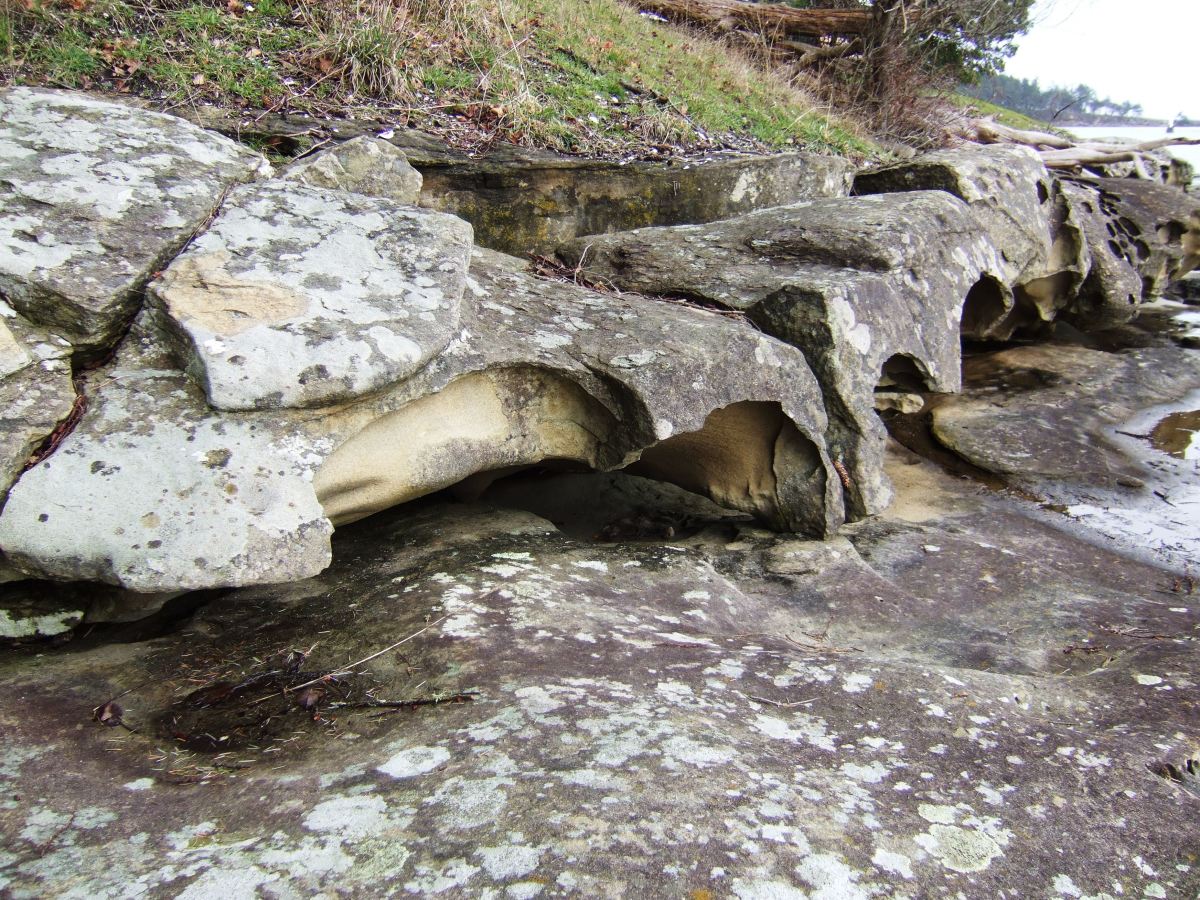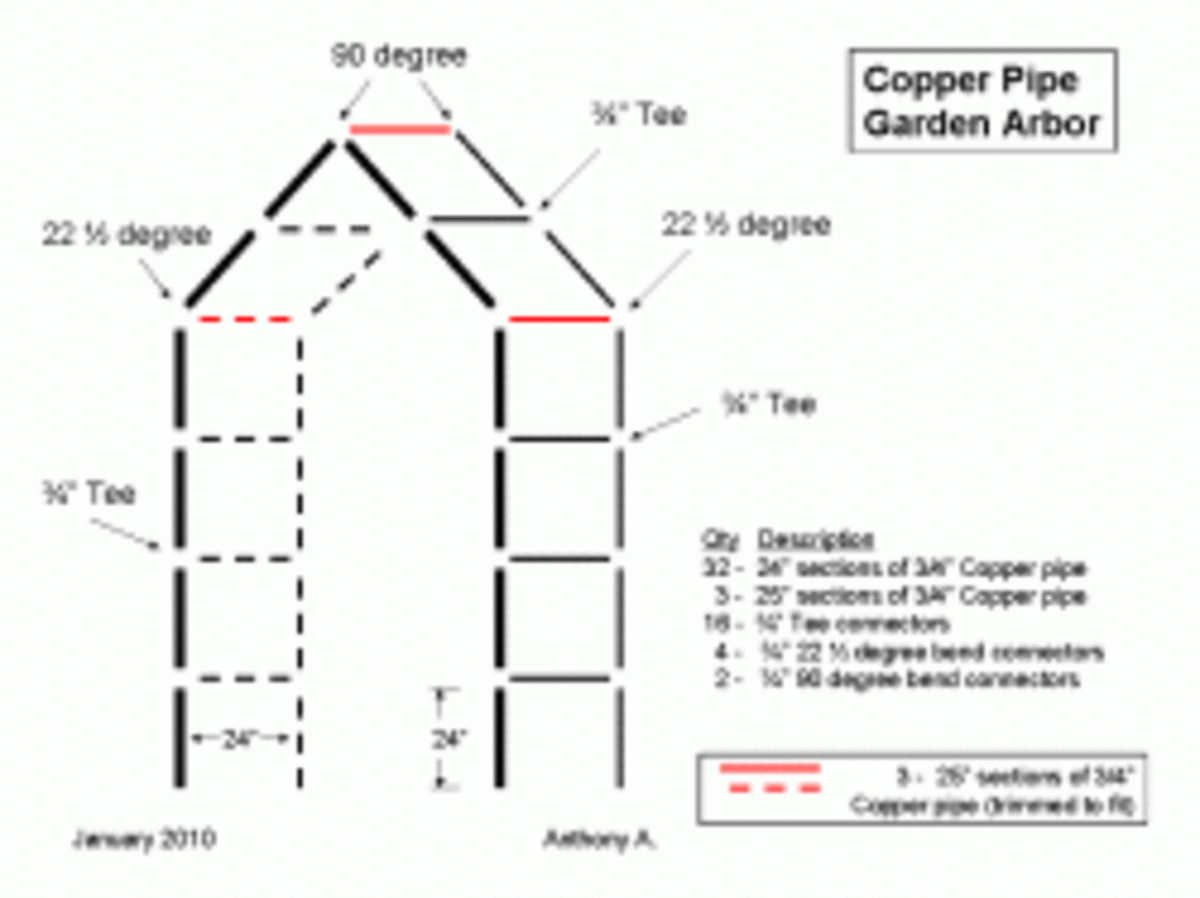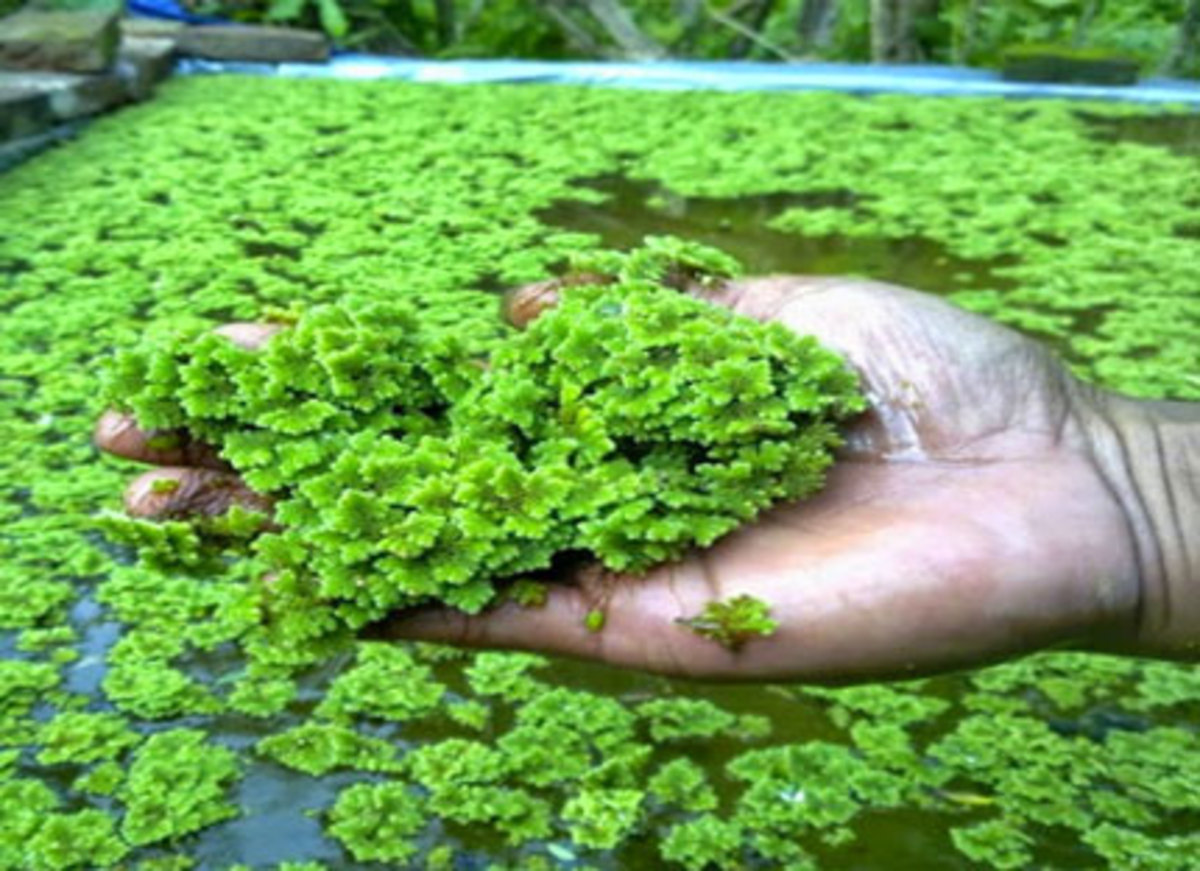Consider This When You Install Landscape Fabric

Install Landscape Fabric: More Than Meets The Eye
I'm planning a new project around the house. I want to add rock to my landscape area and in the midst of the planning stage I discovered that I should install landscape fabric for additional weed control.
I did some basic searches for how to do the job but as I was researching I found out there are more things to consider than just cutting and laying it down as I discuss below.
Install Weed Barrier By Comparing These Brands

How Does Installing Landscape Fabric Work?
Before I learned how to lay landscape fabric, I wanted to know why I was taking this step in the first place.
What purpose does it serve in my front yard?
Well, here is what I found.
Really anything you put over the soil will stop some weeds coming through from below, but certain aggressive weeds will penetrate just about any barrier especially if there is a heavy load of mulch on top. The weeds that are already in the ground are only a small problem.
Over the long haul, the majority of weeds come from germinating seeds in the top of the mulch or other ground cover. Ideally, you want a low permeability landscape fabric like 5-Year, 10-Year, and 20-Year weed barriers. These prevent most weeds from reaching the ground, with 20-Year guaranteed materials being the most effective.
Higher penetrability landscape fabric, less than 5 year guarantees, however, has larger and more holes in the material that not only allow more room for water through but also for roots to get through. These root establishments below the fabric are where they thrive and are difficult to remove once formed.
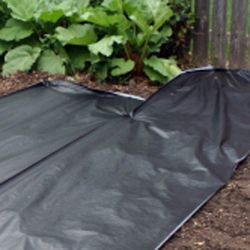
Install Landscape Fabric Or Plastic? That Is The Question
In my research, I stumbled upon some very inexpensive materials that would seem to serve the same purpose. Installing weed barrier that is made of plastic sounds easier to handle and obviously cheaper. But I found that there are sacrifices that come with this plan of attack.
Black plastic does stop weed formation and growth; however it also prevents air and water from entering the soil. When this occurs for an extended length plant-killing diseases will develop.
Installing weed barrier to plant beds assist in blocking weeds, but the degree of permeability accounts for proper balance of air, water and nutrients into the soil. An interruption of this correct distribution of nutrients inhibits desired plant growth.
Qualities In The Chosen Fabric
Studies have shown that the woven polypropylene type of landscape fabric is best for controlling weeds and promoting plant growth simultaneously. There are manufacturers that cut corners by simply perforating plastic. The quality fabrics found on the market are UV-treated to endure the sun's decaying effects.

More Details To Consider When You Install Landscape Fabric
Look for brands that offer 3' X 100' rolls. These sizes are easier to work with during installation and you end up having to deal with less of them.
When you buy weed barrier in this size it is found to be less expensive per square yard. To figure out the cost per yard in your analysis divide the cost of a 3' X 100' roll by 33.33. For example, if a roll costs $46.16 then you would be paying $1.38 per yard. This formula comes in handy when you are choosing the best brand for the job.
But cost is not the only thing to consider. You also need to make a judgement on the yearly guarantee with the particular brand. As mentioned earlier, a 20 year control guarantee is the best available.
Brand names are usually better than the private labels with home improvement names stamped on them. It won't be difficult to determine the market leader in this product segment with just a little searching.
And equally important as the above points, consider landscape fabrics that reduce water evaporation from soil and offers maximum amounts of air, water, and nutrients to reach plants.
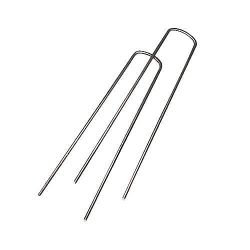
How To Install Landscape Fabric
While I was searching around, these steps were pretty common to locate but I feel that they are important to outline here as well. When you have these steps on how to lay the landscape fabric and coupled with the esoteric information above you have the best chances in purchasing the right weed barrier for your landscaping project.
- Measure the area to be covered
- Remove any old mulch or gravel
- Aerate the soil
- Laying down the fabric
Overlap the edge of your border area by a couple of inches then tuck the edges beneath the surrounding border if you have one. If there is no border then leave the excess until the ground cover is applied.
There are two schools of thought when surrounding an existing or soon to be planted shrub. The first suggests cutting an X in the fabric and the other advises to cut a circle large enough to allow for growth without strangling the growing plant. The latter seems to be the best method.
Then begin applying the second row of fabric ensuring at least a 6 inch overlap from the previous piece laid. This will provide even more protection from sneaky weed growth between the rows. Continue this until area is completely covered.
- Anchoring the Fabric
If you have cut the fabric to fit around an existing plant or tree then you should overlap that piece and anchor it as well.
- Apply ground cover
Landscape Fabric 3' X 100' Rolls
Compare these brands of weed barrier in 100 foot rolls



